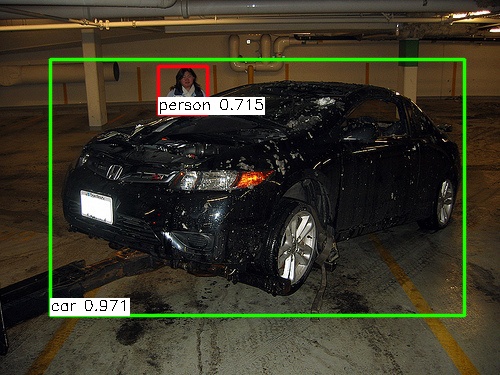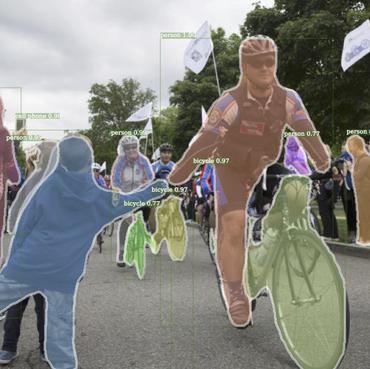Soft Anchor-Point Object Detection
Recently, anchor-free detection methods have been through great progress. The major two families, anchor-point detection and key-point detection, are at opposite edges of the speed-accuracy trade-off, with anchor-point detectors having the speed advantage. In this work, we boost the performance of the anchor-point detector over the key-point counterparts while maintaining the speed advantage. To achieve this, we formulate the detection problem from the anchor point's perspective and identify ineffective training as the main problem. Our key insight is that anchor points should be optimized jointly as a group both within and across feature pyramid levels. We propose a simple yet effective training strategy with soft-weighted anchor points and soft-selected pyramid levels to address the false attention issue within each pyramid level and the feature selection issue across all the pyramid levels, respectively. To evaluate the effectiveness, we train a single-stage anchor-free detector called Soft Anchor-Point Detector (SAPD). Experiments show that our concise SAPD pushes the envelope of speed/accuracy trade-off to a new level, outperforming recent state-of-the-art anchor-free and anchor-based detectors. Without bells and whistles, our best model can achieve a single-model single-scale AP of 47.4% on COCO.
PDF Abstract ECCV 2020 PDF ECCV 2020 Abstract




 MS COCO
MS COCO
 SKU110K
SKU110K
